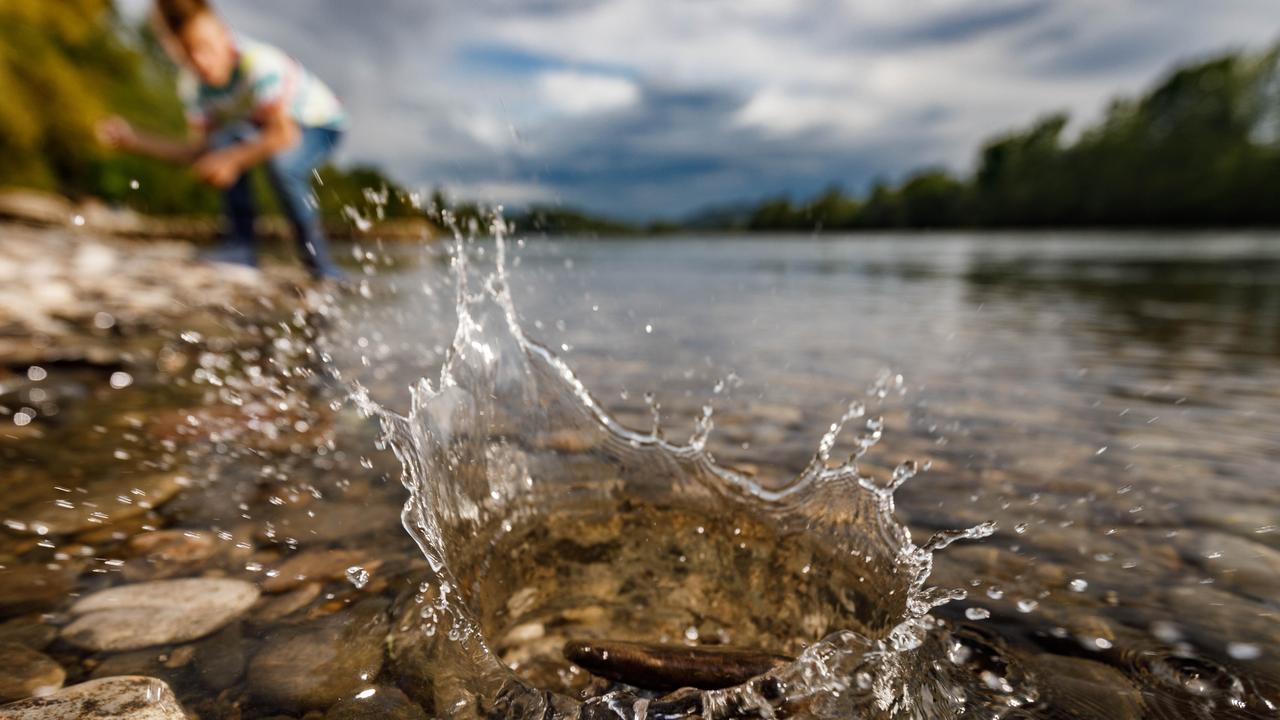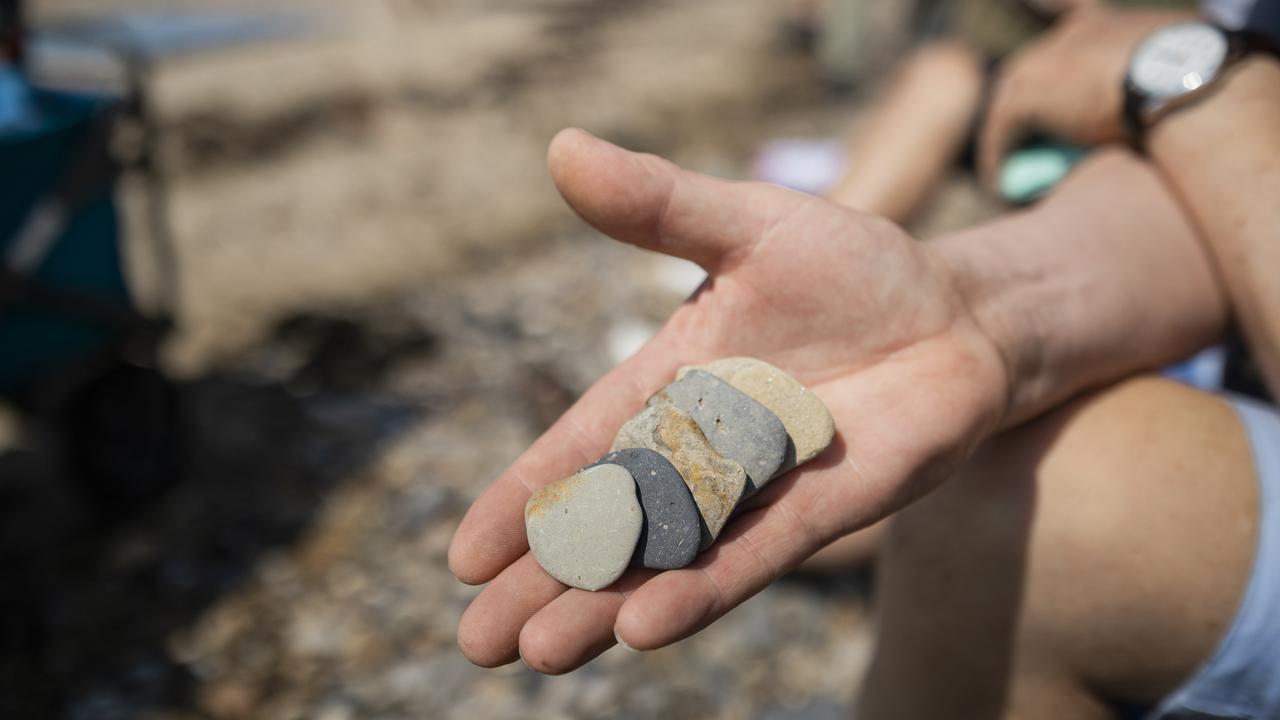Scientists reveal the secret to selecting best skimming stones
Kids have always loved skimming stones across water. And everyone knows a thin, flat stone is key. Or is it? See what a group of mathematicians has to say on the subject

READING LEVEL: ORANGE
Kids have always loved skimming stones across water. And everyone knows the thinner and flatter the stone the better, right?
Not necessarily, according to English scientists who have found a fatter, curvier rock is key to getting good bounce.
Bristol University mathematician Ryan Palmer found that while thin, flat stones still provided the best chance of a maximum number of skips, “you can get these new exciting dynamics* out of rocks that you typically reject”.

He said fatter, curvier stones offered something “that’s completely different, but just as spectacular: huge leaps out of the water”.
The new research, published in the journal Proceedings of the Royal Society A, used a physics*-based mathematical model to crunch centuries-old equations on a computer.
The scientists had initially been looking into the more serious subject of ice on aircraft, analysing how ice crystals bounced off a layer of liquid formed on a plane’s wings.
It turned out this had the “same sort of interactions that you get with you or I standing at the corner of a lake trying to skim a stone across it”, said Professor Palmer, the study’s lead author.
He said the study found a heavier rock gave a “super-elastic response” that produced an “almighty jump”.

Prof Palmer said that when a stone hit the water, horizontal velocity* turned into vertical velocity, so it made sense that a heavy rock would put more force into that action.
The curviness was also key, because it allowed a heavier stone to jump up off the water.
For those looking to try their arm at big skips, Prof Palmer said the technique remained the same: your throw should be as parallel as possible to the top of the water, before you lean back and let the rock fly.
While Prof Palmer said he was no expert stone skimmer, he always had a throw when the opportunity arose.
“Especially if it looks more like a potato, I’ll have a go,” he said.
But he said a potato-shaped stone was probably a little too heavy and round to get the maximum bounce.
GLOSSARY
- dynamics: forces that produce movement or change
- physics: the scientific study of forces such as heat, light, sound, pressure, gravity and electricity, and the way that they affect objects
- velocity: the speed at which an object is travelling
EXTRA READING
Maths back as compulsory Year 12 subject
Gaming and sport could restore maths mojo
Snap! Fingertips set speed record
QUICK QUIZ
- Which university is Ryan Palmer from?
- What did his research find that thin, flat stones provided the best chance of doing?
- What were fatter, curvier stones found to do?
- What were the scientists originally studying when they made the discoveries about skimming stones?
- What vegetable-shaped stone does Professor Palmer like to skim?
LISTEN TO THIS STORY
CLASSROOM ACTIVITIES
1. A quick guide to rock skimming
Use information provided in the news story to help you create “A Quick Guide to Rock Skimming.” Your guide should inform readers about how to skim rocks and how the type of rock chosen will impact the result.
Think about how best to convey the required information with few words and very simple graphics. You want your audience to understand your message as quickly and easily as possible.
Time: allow 20 minutes to complete this activity
Curriculum Links: English; Science; Mathematics
2. Extension
The author of this news story has written it carefully to ensure it is engaging, even for those who are not especially interested in physics. Highlight or copy three words/phrases/sentences from the article that help to keep the audience engaged. Explain how each example grabs your interest.
Time: allow 20 minutes to complete this activity
Curriculum Links: English
VCOP ACTIVITY
Read this!
A headline on an article – or a title on your text – should capture the attention of the audience, telling them to read this now. So choosing the perfect words for a headline or title is very important.
Create three new headlines for the events that took place in this article. Remember, what you write and how you write it will set the pace for the whole text, so make sure it matches.
Read out your headlines to a partner and discuss what the article will be about based on the headline you created. Discuss the tone and mood you set in just your few, short words. Does it do the article justice? Will it capture the audience’s attention the way you hoped? Would you want to read more?
Consider how a headline or title is similar to using short, sharp sentences throughout your text. They can be just as important as complex ones. Go through the last text you wrote and highlight any short, sharp sentences that capture the audience.

